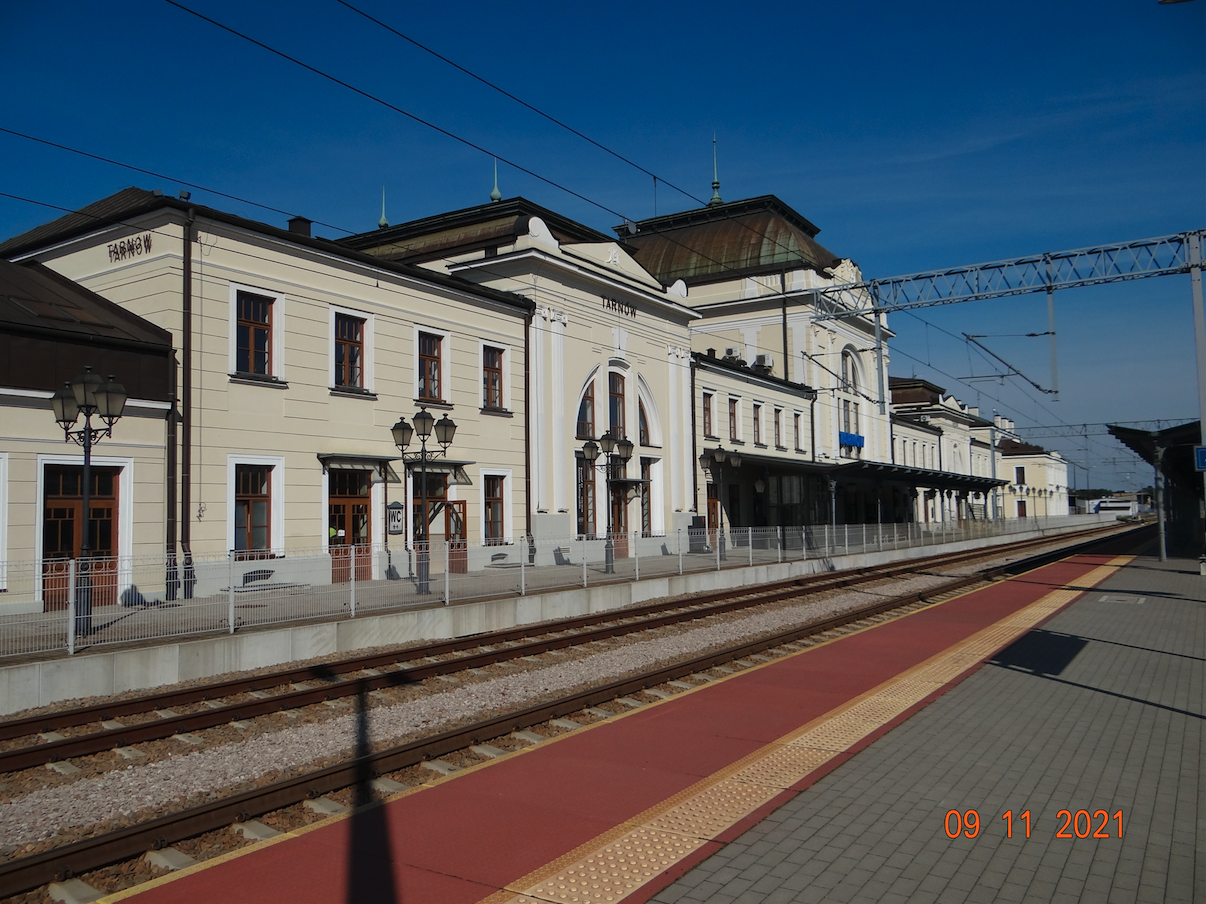Tarnów 2021-09-14
Railway station in Tarnów.
Geographic coordinates: 50.005N 20.974E. Elevation 202 m.
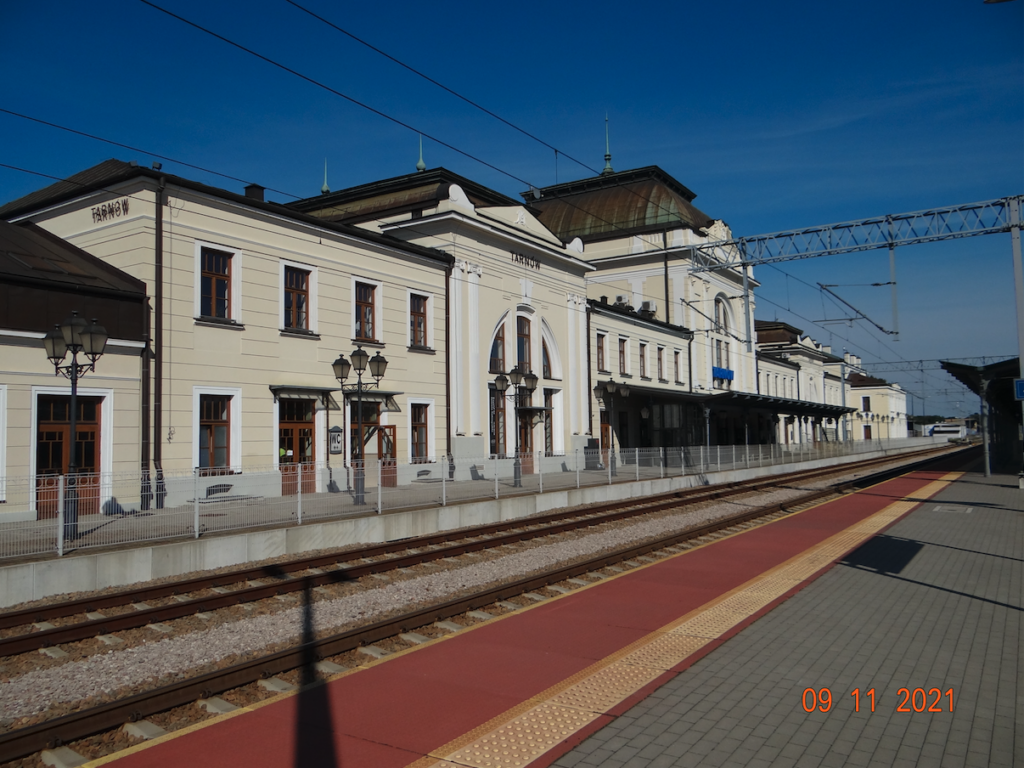
It is no coincidence that the city of Tarnów holds the title of the pearl of the Polish Renaissance. Tarnów’s Old Town has its own unique charm. Picturesque tenement houses, a stylish town hall and the Gothic Cathedral Basilica under the challenge of the Nativity of the Blessed Virgin Mary make the Tarnów center a place worthy of every tourist’s attention. There are several museums with valuable exhibits in Tarnów. It is easy to find a restaurant with good food in Tarnów. Good weather is almost guaranteed in Tarnów. The city boasts the title of the warmest in all of Poland. The railway station in Tarnów can boast one of the most beautiful railway stations in Poland.
The history of the railway in Tarnów.
The construction of railway tracks on the route to Tarnów began in 1853. The railway station in Tarnów was opened in 1855, when a section of the Bochnia – Dębica railway line was put into service. Railway stations were built on the route in the following towns: Brzesko Okocim, Bogumiłowice, Tarnów, Wola Rędzińska, Dębica. Regular rail traffic was launched on February 20, 1856. Further construction of the railway line was temporarily halted by the effects of the Crimean War. The Crimean War was a war between the Russian Empire and the Ottoman Empire and its allies: Great Britain, France and the Kingdom of Sardinia, fought in the period 1853 – 1856.
Initially, only freight trains passed through Tarnów. Passenger trains started on February 20, 1856 and ran on the Kraków – Dębica route. There were two trains a day in both directions. The journey took over 4 hours. The train had a maximum speed of 35 km/h, and an average speed of 25 km/h. The train had one steam locomotive and 10 – 14 two-axle wagons, weighing up to 5,000 kg each.
In 1876, a railway line was launched from Tarnów to Nowy Sącz and further to Leluchów and Prešov. This line was part of the Transversal network and was built mainly for strategic – military reasons. The entire plan was approved by the government in Vienna on May 8, 1970. The length of the route is 145 km.
In 1906, another railway line to Szczucin was launched, i.e. in the north direction. The plan was approved in 1900. Work began in October 1905. In the summer of 1906, regular passenger traffic began. The length of the railway route is 49 km. At that time, Szczucin was developing dynamically. In 1905, a paved road from Szczucin to Dąbrowa Tarnowska was put into use.
In 1918, Poland regained independence. Rail traffic through the station in Tanowo systematically increased. In 1938, through Tarnów: on the Kraków – Przemyśl route, 15 pairs of trains ran on the Kraków – Tarnów – Nowy Sącz – Krynica route, 10 pairs of trains ran on the Kraków – Tarnów – Nowy Sącz – Krynica route, and 5 pairs of trains on the Tarnów – Szczuci route.
In 1860, the first station building was built in Tarnów, which had a shelter for a passenger train. The building was single-storey. The building had a waiting room, restaurant, post office, railway service rooms and cash desks (luggage, ticket – separately for each class in trains: 1, 2, 3).
During the occupation, on 14 June 1940, the first transport of Polish prisoners to KL Auschwitz set off from Tarnów. There were 728 prisoners in the cattle wagons of the train.
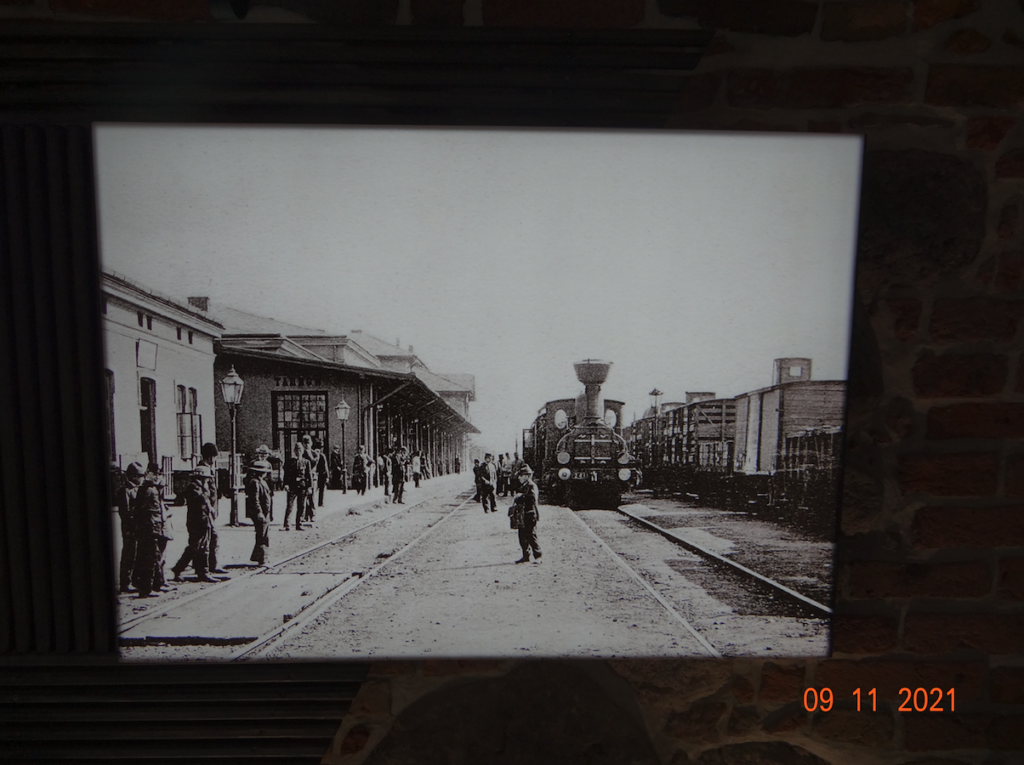
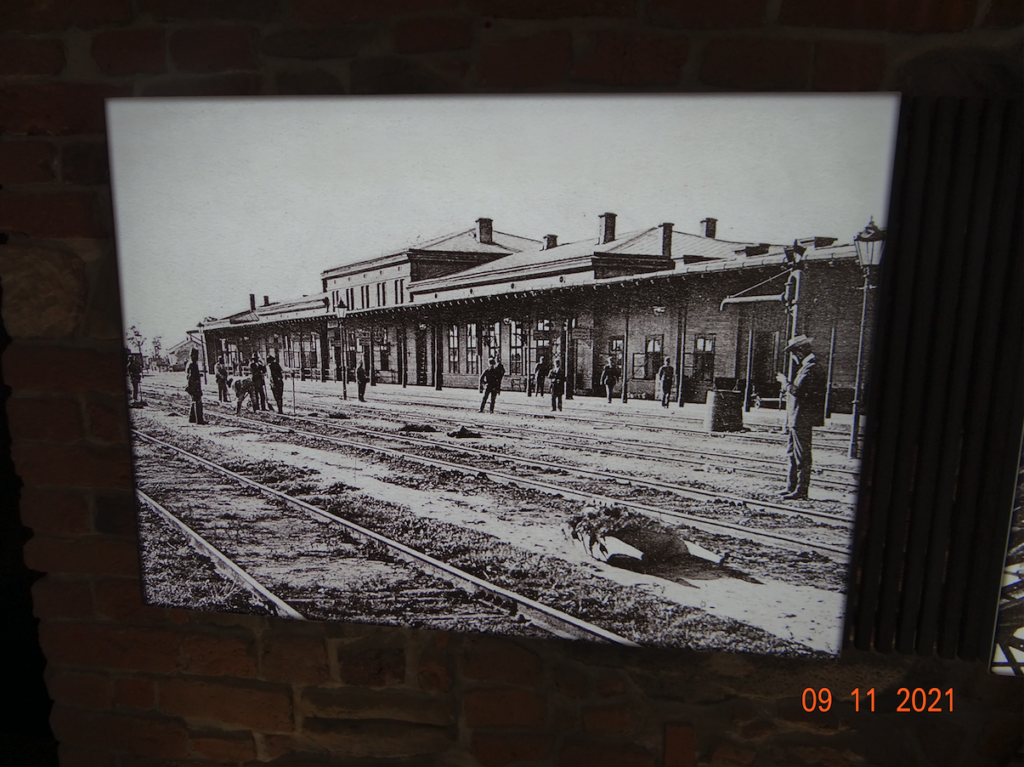
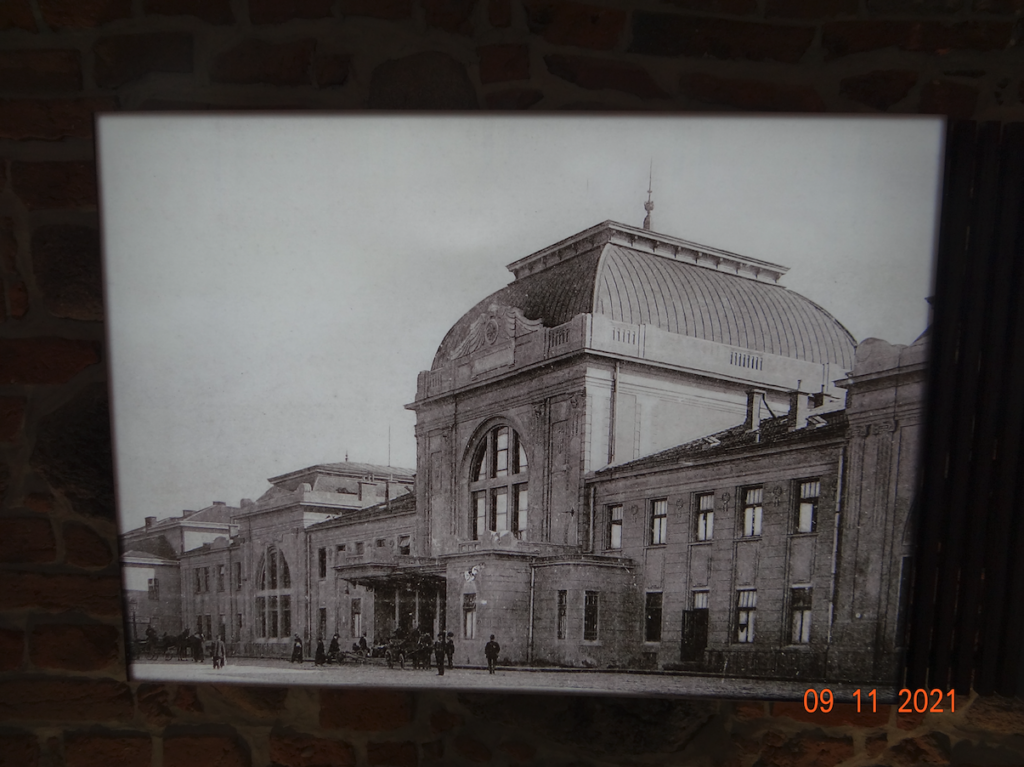
Tarnów Railway Station.
The current Tarnów railway station was built between 1906 and 1910. The architect of the station was Edmund Baudisch. The plans were developed at the Ministry of Railways in Vienna. The building was designed as a representative building with a huge central hall.
In 1915, as a result of war operations, the station building was partially destroyed.
On August 28, 1939, a few days before the German army invaded Poland, a terrorist attack took place in Tarnów. The bomber planted a time bomb. The bomb explosion caused the death of 20 people and injured another 35. The station building was damaged. The author of the attack was the Volksdeutsche (folksdeutsche) Antoni Guzy.
In the period 2007-2010, the station in Tarnów underwent a general renovation. Since the building was already a historical monument, the renovation was carried out under the supervision of a conservator. The renovation was completed and the ceremonial opening took place on 13 November 2010. As part of the renovation, the installation in the building, window and door joinery, floors, and internal plasters were replaced. The external elevation of the building was renovated and received modern lighting. Even the foundations of the building were reinforced and provided with damp-proof insulation. The building contains rooms for the “Transylvanian Panorama”, i.e. preserved fragments of the panoramic painting by Jan Styka, presenting the capture of Sybin by Hungarian insurgents led by General Józef Bem. The station building is a representative building in Tarnów. The amount of PLN 42 million was spent on the renovation of the station.
When it comes to taking a good photo of the station, it is a problem. From the city side, the neighboring buildings block the view. The square in front of the station is small. In addition, the photos are taken towards the south, i.e. against the sun. On the other hand, from the side of the platforms, the view is effectively limited by the historic shelter on Platform 1.
Existing historical buildings.
The station building itself is historic. The shelter on Platform 1 is historic. There is an unused railway water tower, which is located in the southeastern part of the station. The previous water tower was placed near the station on its eastern side, where the “Poczta Polska” building is now. There are several historic chimneys near the Tarnów railway station. The chimney of the former “Konstancja” brickyard on Strusinka Street. The chimney of the former Sanguszków brewery on Narutowicza Street.
PKP Tarnów currently.
Tarnów station is located on the international strategic railway line E30 Zgorzelec – Medyka. It is located in the southern part of the city of Tarnów. Up to 65 pairs of passenger trains and about 40 freight trains pass through the station daily.
Tarnów station has three island platforms, each with two edges. Until 2008, Platform 1A operated with a head track, which has already been liquidated. Platform 1 is the former Platform 2. Platform 1 used to be a platform at the station building. Platform 1 is 450 m long. A historic shelter 150 m long is set on it. The shelter is made of cast iron and iron, connected by riveting and covered with sheet metal. Platform 2 is 380 m long. There is a shelter built around 2015 on the platform. The shelter is similar in shape to the historic shelter, but it is built using new technology. Additionally, the central part was made as skylights. Platform 3 is 300 m long. There is a shelter on the platform built around 2015.
Looking from the station, behind the platforms, a “Park & Ride” car park has been opened. The car park has three levels and has 614 parking spaces. The car park was opened in 2015 and was built on a 2-hectare plot of land, which previously housed railway facilities.
There were two signal boxes at the station, marked “Tr” and “Tr-1”. In 2018, a new signal box was put into operation, which controls rail traffic at Tarnów station and at neighboring stations via the LCS system. The new signal box was built near the Krakowska Street viaduct on the southern side of the tracks. Krakowska Street is the main street in Tarnów. At the railway station, it runs under the railway tracks. In 2017, the viaduct was widened to accommodate four lanes for cars, sidewalks and a bicycle path.
The track system in Tarnów is very extensive and is closed at the fork of railway line No. 91 and railway line No. 96, with the western branch of railway line No. 115. Many tracks are no longer used. Those that remain have been renovated. The track system of the passenger station underwent the largest renovation.
The freight part of the station is located south of the passenger station. The Ol49-72 Steam Locomotive Monument is located next to the new locomotive shed belonging to the freight station, on Do Huty Street.
The following railway lines currently run through Tarnów:
Railway line No. 91 Kraków Główny – Medyka is electrified, double-track. It is 259 km long. In most cases, the travel speed is 160 km/h.
Railway line No. 96 connects Tarnów station with the Leluchów stop. It is electrified in its entirety. This line is popularly referred to as “Kryniczanka”. The line starts at the freight station. In many sections, the Poprad River flows along the railway line, and the scenic provincial road No. 971 from Piwniczna Zdrój to Krynica Zdrój runs. The line is 146 km long. The maximum speed is 100 km/h, but there are sections with a speed of up to 70 km/h.
Railway line No. 115 is commonly called “Szczucinka”. The line is single-track, non-electrified. It was put into service in 1906. Passenger traffic was suspended on April 3, 2000. Since then, the route has been used only for freight traffic. The speed on the route is 20 – 40 km/h. The line is 49 km long.

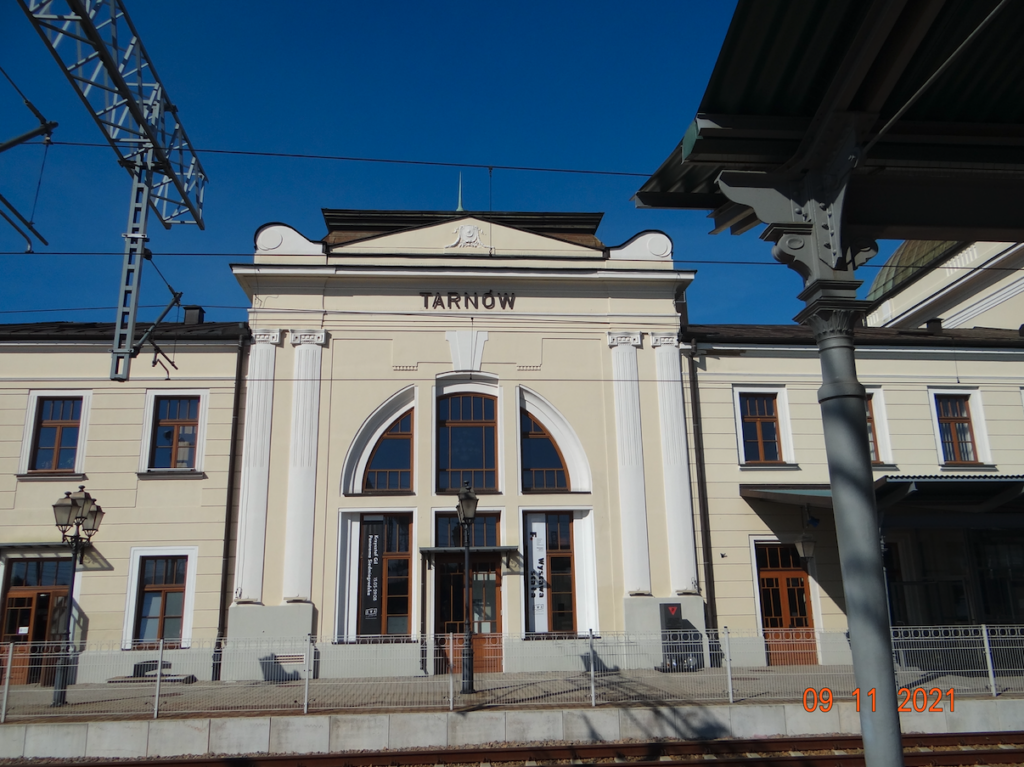
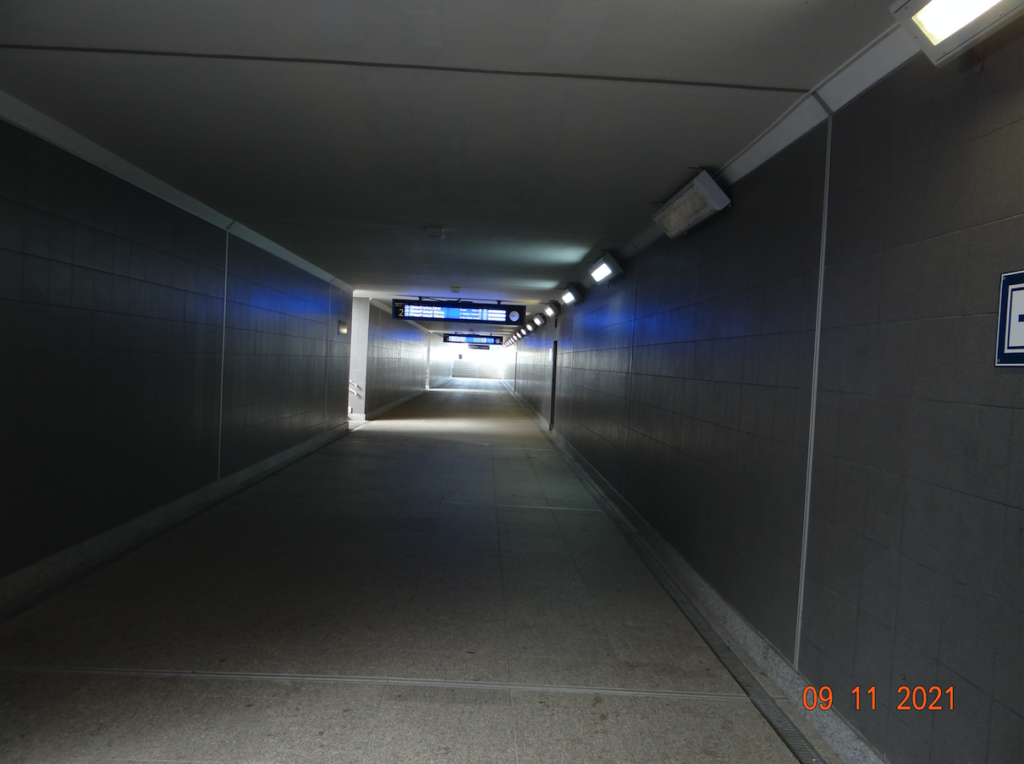
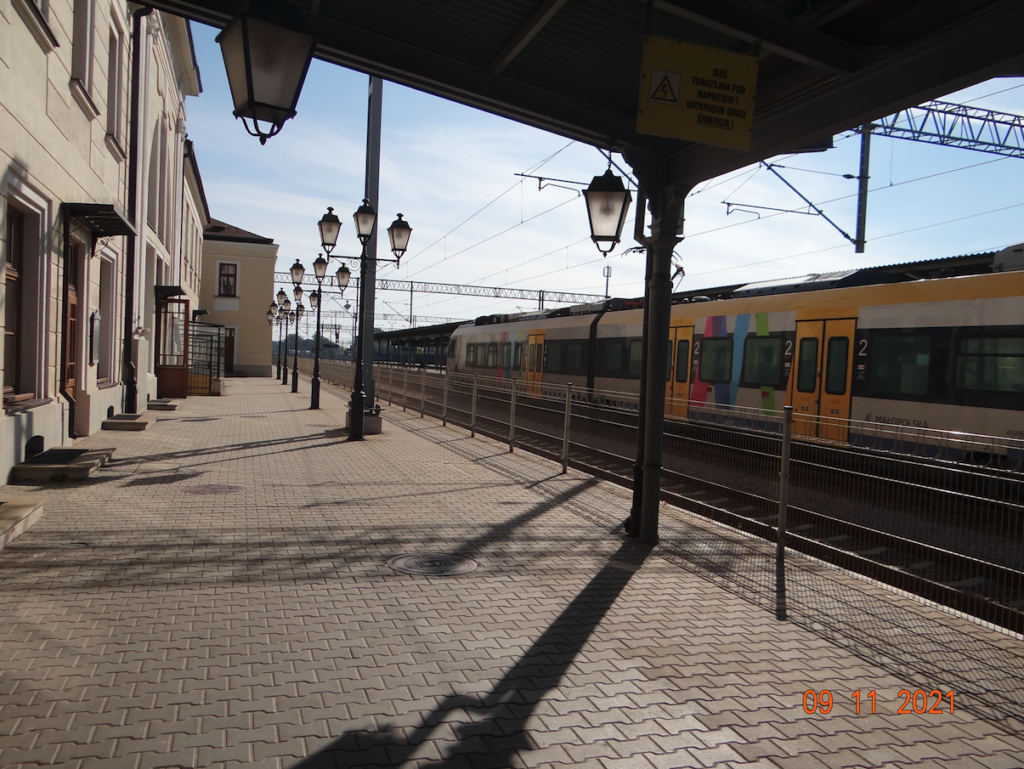
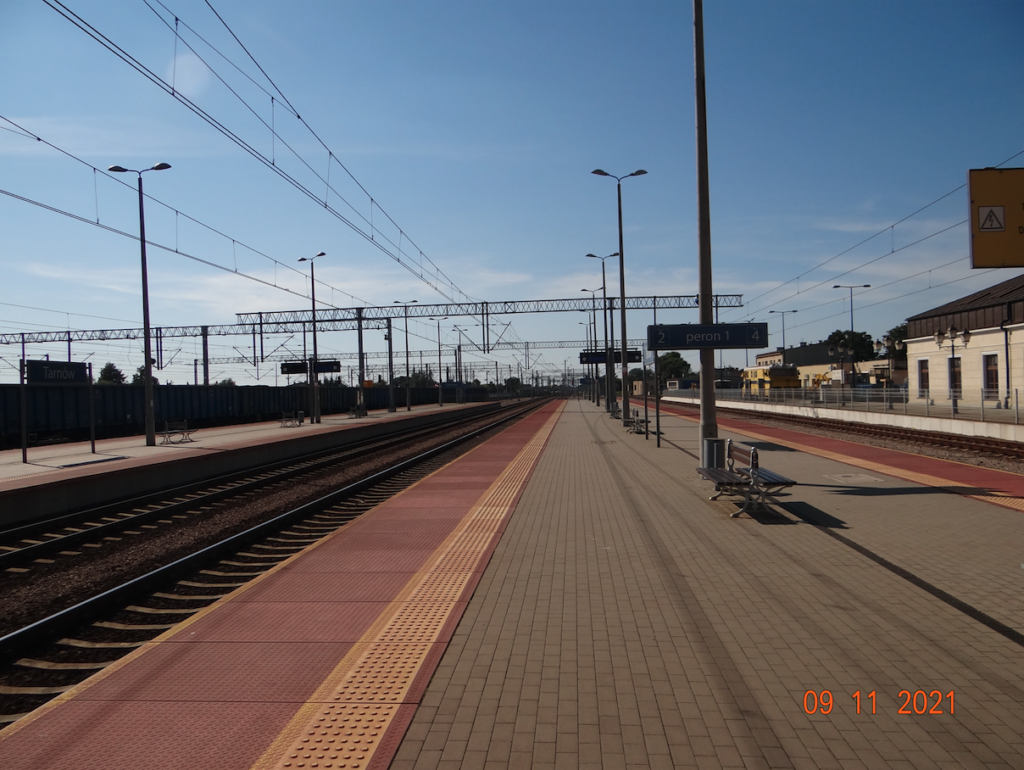
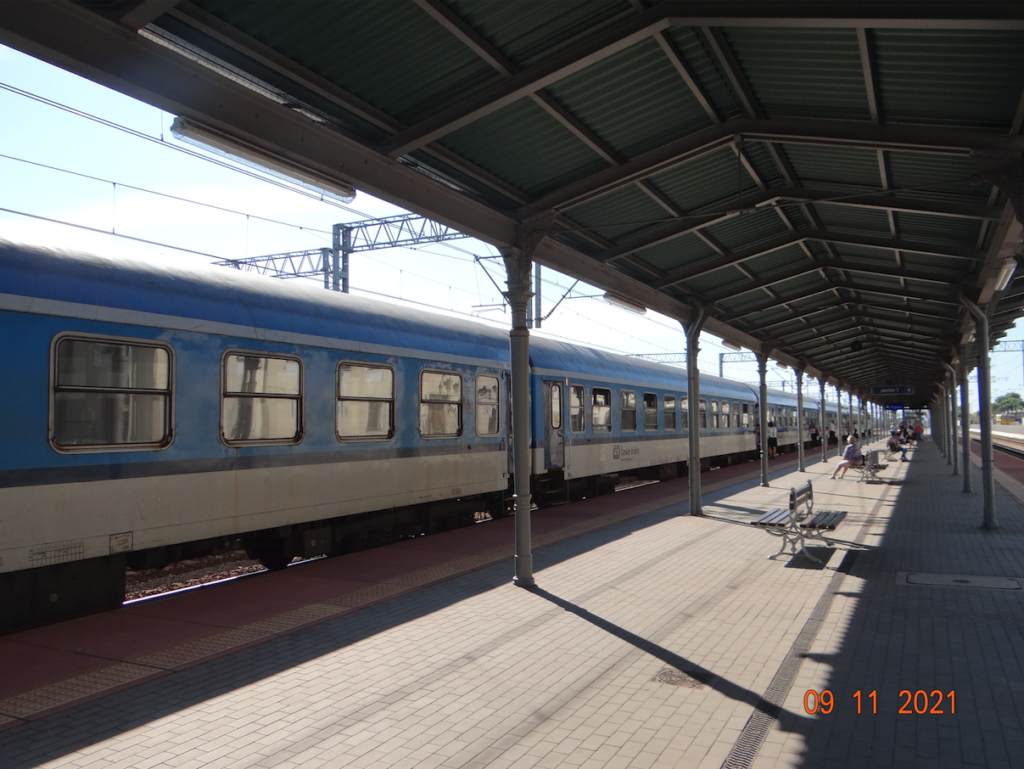
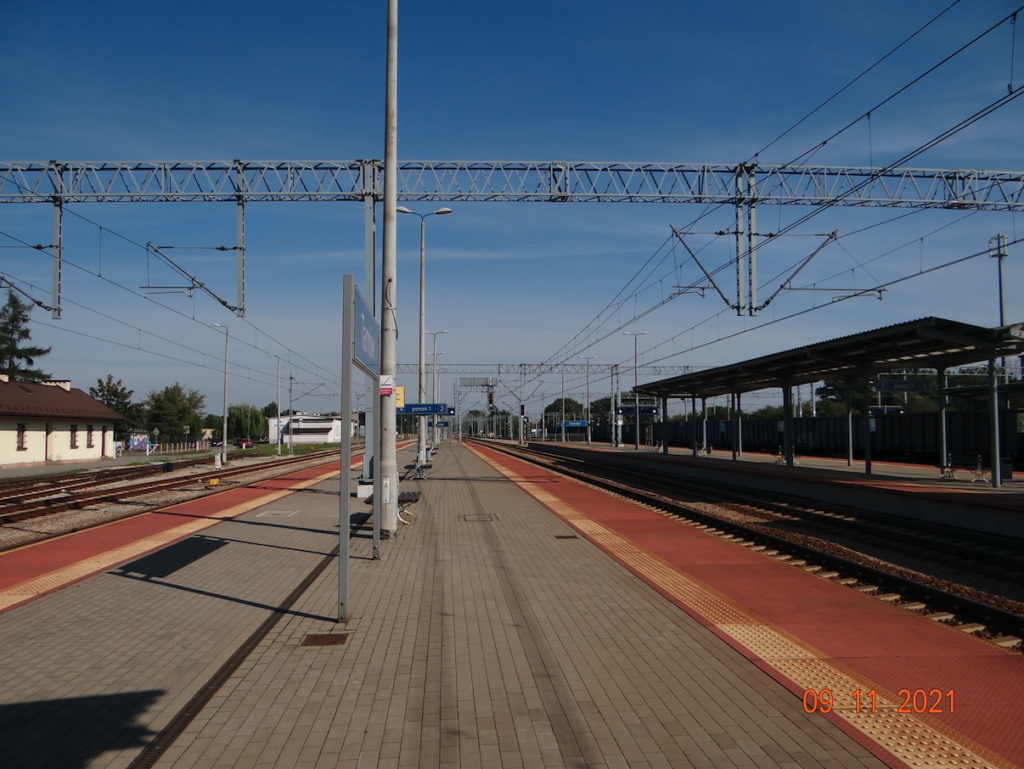
Written by Karol Placha Hetman
